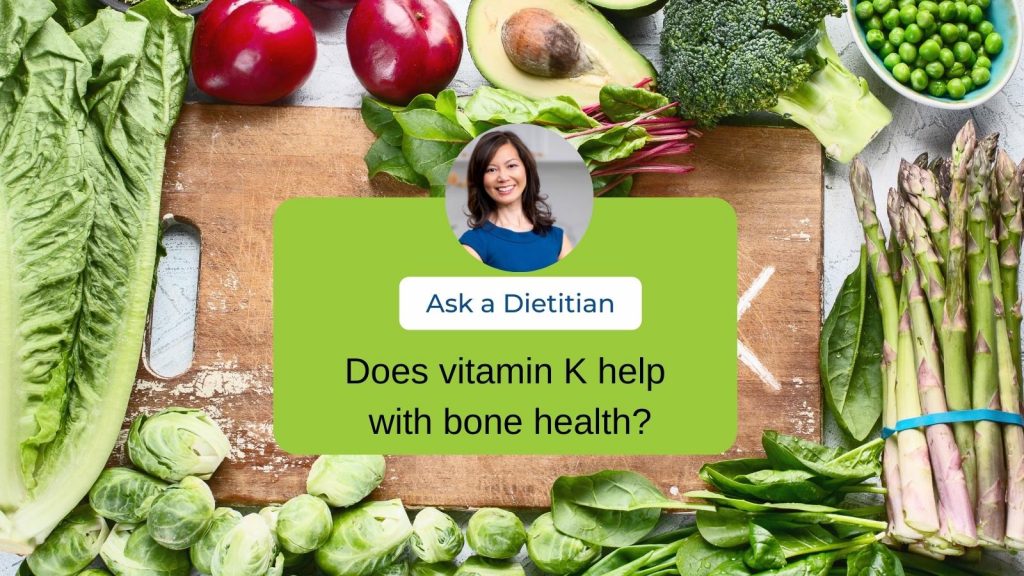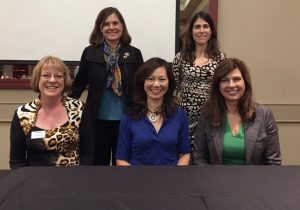
Vitamin K was first discovered for its blood clotting or coagulation effect. In fact, the “K” stands for the German spelling of “koagulation.”
Not only does vitamin K help you blood clot when you’re bleeding, but it also does help to build strong bones. Research published in the Journal of Osteoporosis and the Journal of Orthopaedic Surgery and Research from the found that low vitamin K may be linked to low bone density and a higher risk of hip fractures. Other bone building nutrients such as calcium and vitamin D are also key for bone health.
There are actually 2 forms of Vitamin K.
Vitamin K1 is found mostly in plant foods especially leafy greens like kale, spinach, collards, Swiss chard and beet greens. This form of Vitamin K1 is called phylloquinone.
Vitamin K2 is found in animal foods (like meat, cheese) and also in fermented foods such as natto (fermented soybeans), tempeh, miso and sauerkraut. This form of vitamin K2 is called menaquinone and there are many different subgroups ranging from MK4 to MK13. Vitamin K2 seems to have the greatest impact on bone health.
Adults need 90-120 micrograms of vitamin K every day. You can get this amount from ½ cup of broccoli or 4 Brussels sprouts or ¼ cup of raw kale, a few servings of cheese or natto.
Now what about supplements? If you have osteoporosis or are at risk for osteoporosis, a vitamin K supplement might be helpful. Check with your health care professional or dietitian because vitamin K can interfere with blood thinner medications such as warfarin.
Written by: Sue Mah, MHSc, RD, PHEc, FDC – Award-winning Registered Dietitian & Co-Founder, n4nn
